It’s no question to me that Chase offers the best travel credit cards in the business. They are a staple for my travels and a source of how I almost never pay to fly. The Ultimate Rewards points (UR points) are also the best rewards program in comparison to AMEX, Capital One, and Barclays.
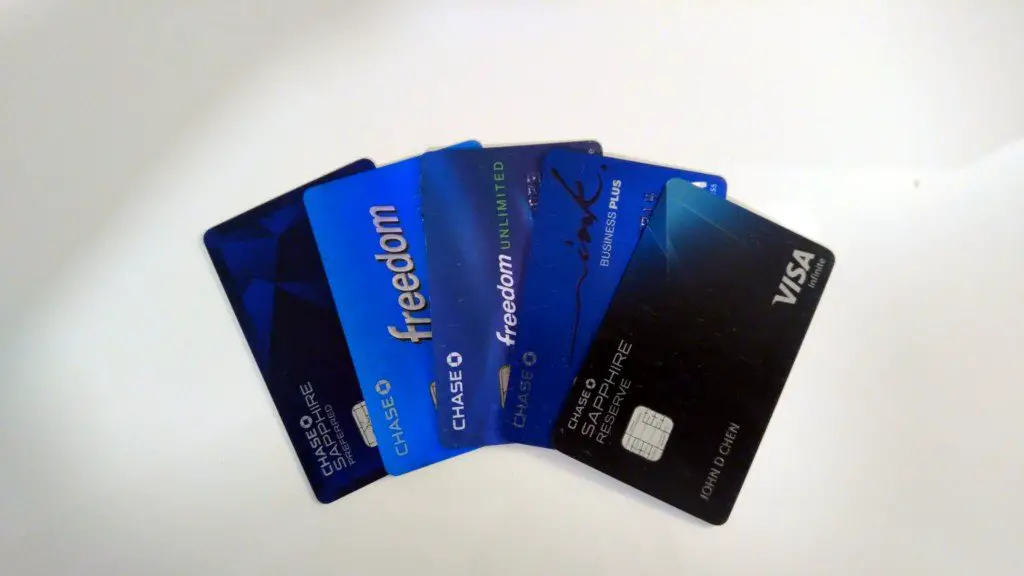
The cream of the crop for personal Chase cards are the Chase Sapphire Reserve and the Chase Sapphire Preferred. The Sapphire Reserve is the higher end card with the Sapphire Preferred being a mid level travel card. Both cards offer lucrative sign on bonuses which are in my opinion, the main way to amassing large quantities of points and miles in the credit card game. So how do you decide which one is better?
In this guide, I will cover the best cards Chase has to offer and what makes them different. At the end, I will also tell you my strategy to game the system and walk away with the most points as possible. This is all a part of my Travel Hacking Guide where I discuss how I travel for free.
Chase Sapphire Reserve
Released in 2016, the Chase Sapphire Reserve was the big disrupter when it comes to travel credit cards. It offered what no other card did at that time which was the ability to earn points at a much higher rate than its competitors. The only other alternative was the AMEX Platinum but as far as high end luxury cards go, even the Platinum couldn’t match the Reserve.
The Reserve became incredibly successful and was even made it into the earnings call of JPMorgan as a source of large revenue loss back in 2017.
Over the years, the Sapphire Reserve has become a mainstay of Millenial and GenZ wallets as the go to travel card of choice. The benefits have largely stayed untouched with numerous additional benefits making its way into the card over the years. Moreover, the Sapphire Reserve really set the pace for future credit card growth. All its competitors took note and eventually the rewards and benefits of other cards had to match that of the Sapphire Reserve.
Win win for the consumer without a doubt.
[mk_table title=”” style=”style1″]
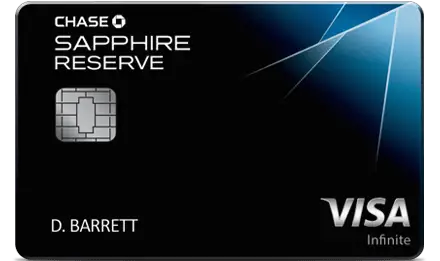 |
|
| Sign On Bonus | 60,000 UR Points after $4,000 spend in 3 months |
| Points Earning | 3x on Travel and Dining, 1x on all else |
| Travel Credit | $300 per year |
| Annual Fee | $550 per year (Really only $250 after the travel credit) |
| FX Fees | None |
| Airport Lounges | Priority Pass Membership |
| Redemption Value | Points can be redeemed at 1.5c per point when using Chase Travel Portal |
| Car Insurance | Primary Car Insurance for the cardholder |
| Trip Delay Insurance | $500 for 6+ hour delays |
[/mk_table]
Since 2020, the Sapphire Reserve has also received many different one off benefits like Lyft Pink membership, Doordash credits, Pelaton credits, and the like. This is likely to continue going forward with either the same merchants, or different merchants depending on what’s hot in the market.
Apply for the Chase Sapphire Reserve now!
Chase Sapphire Preferred
The Chase Sapphire Preferred is Chase’s intermediate card offering. This card came out before the Chase Sapphire Reserve and was Chase’s first foray into the world of premium credit cards.
The card offers a fraction of the benefits of the Reserve card because it is simply not meant to be a luxury card.
Nevertheless, if you are just starting out on your credit card journey, then this card is great in offering high end benefits without the sticker shock of the $550 annual fee.
[mk_table title=”” style=”style1″]
 |
|
| Sign On Bonus | 100,000 UR Points (Normally 80,000) after $4,000 spend in 3 months |
| Points Earning | 2x on Travel and Dining, 1x on all else |
| Travel Credit | $0 per year |
| Annual Fee | $95 per year |
| FX Fees | None |
| Airport Lounges | None |
| Redemption Value | Points can be redeemed at 1.25c per point when using Chase Travel Portal |
| Car Insurance | Primary Car Insurance for the cardholder |
| Trip Delay Insurance | $500 for 12+ hour delays |
[/mk_table]
You can only have one Chase Sapphire card
Unfortunately, in 2018, Chase decided that you can no longer open both cards. That would have been amazing after all to get double the amount of sign up points.
I had these cards in the early days. I always had the Chase Sapphire Preferred but opened the Sapphire Reserve immediately upon its release. I actually had both cards for awhile but closed out my Sapphire Preferred card since I always knew I would keep the Reserve.
There is nothing that the Preferred has that the Reserve card does not. The annual fee of course is much lower in the Preferred card but I was more than willing to pay the extra money for the Reserve card given all of its benefits.
Chase’s 48 month rule
For most other Chase credit cards, you can receive the same sign on bonus for a card within 24 months. This means when you open a credit card, collect the sign on bonus, and close the card, you’ll need to wait 24 months to be allowed to reopen the card and once again collect the sign on bonus. This is part of credit card churning which is the fastest way to accumulate points.
With the Chase Sapphire cards, the rule becomes 48 months. This means you can only receive a sign on bonus once every 48 months for any of the Sapphire cards (Preferred and reserve). This is to deter you from collecting too many sign on bonuses with Chase. This means
Chase 5/24 Rule
Before applying for these cards, make sure to absolutely understand the 5/24 rule. With this rule, you’ll likely be denied for any new Chase card application if you’ve opened five or more new credit card accounts with any credit card issuer in the preceding 24 months.
This means any personal credit card from any bank will count towards this. Business credit cards do not count towards your 5 credit cards so it is advantageous to open as many Business credit cards as possible to circumvent this rule.
This rule is heavily monitored and will result in automatic rejections. If you want to see where you are on the 5/24 scale, use my credit card spreadsheet which tracks this number specifically.
Maximizing your sign on bonus points
So have you already decided which card you want? If it’s the Chase Sapphire Reserve, then you probably made the right decision. However, the Chase Sapphire Preferred has a much higher sign on bonus and you’ll be missing out on 20,000 to 40,000 extra UR points which is worth at least $300-$600! You can only earn one sign on bonus now so wouldn’t it be great if you could get the Sapphire Reserve card but somehow earn the sign on bonus of the Preferred card?
Turns out, this is exactly what you can and should do! If I was new to credit cards and didn’t not already have the Chase Sapphire Reserve, this is how I would approach the setup. But firstly, this credit card hack is for the following people:
- Want to earn as many UR points as possible
- Already decided they want the Chase Sapphire Reserve
- You are okay waiting a few months for the CSR benefits (Priority Pass, 1.5c to 1 point, etc.)
Open the Chase Sapphire Preferred
First step is to open the Chase Sapphire Preferred. Assuming you are approved, this will be your card for starters.
Collect the 80,000 to 100,000 UR Points Sign on Bonus of the CSP
Once you’ve spent the minimum required amount ($4000), you will now be the lucky owner of 80,000 to 100,000 new Ultimate Rewards points.
However, you can only redeem these at a 1.25x rate since you have the Sapphire Preferred. This means you will only have $1,000 to $1,250 worth of spend available.
Product change your Sapphire Preferred to Sapphire Reserve
This is the money step. You can product change or “upgrade” your existing Chase Sapphire Preferred to Chase Sapphire Reserve. This way you will not have both cards, but rather you are changing from one to the other.
A simple phone call to the Chase Customer Service line is all you will need to do in order to get this done. You can use 1-800-935-9935 to start!
I would wait at least one month between the time of collecting your sign on bonus from the Sapphire Preferred to calling Chase to product change. More often than not, they will approve you for the Sapphire Reserve card and it won’t even count as a new hard inquiry into your credit report.
Now your 80,000 to 100,000 points will be worth $1,200 to $1,500 just like that! Of course, you will not be eligible for the existing Chase Sapphire Reserve sign on bonus of 60,000 points but it’s okay because you already received almost double that amount by collecting the Preferred’s sign on bonus.
Now you have the full power of the Sapphire Reserve card earning more points than the preferred card, along with a slough of other benefits.
Bottom Line
You are no longer allowed to apply for both Chase Sapphire Reserve and Preferred cards at the same time. You are not allowed to hold both cards at any point. In fact, you will simply be rejected if hold one of the Sapphire cards and apply for the other.
Currently, the Chase Sapphire Preferred offers 80,000 to 100,000 UR points as a sign up bonus. The Chase Sapphire Reserve offers 60,000 UR Points. These points are the exact same in that they can both be used to transfer to airline/hotel points, or used as travel credit (with the CSP offering 1.25c to 1 point, and the CSR offering 1.5c to 1 point).
The clear winner in this case is the Chase Sapphire Preferred’s sign on bonus. However, if you know you want the benefits of the Chase Sapphire Reserve, but want the juicy sign on bonus of the CSP, you can have both.
Simply open the Chase Sapphire Preferred, collect the sign on bonus, and product change to the Chase Sapphire Reserve.



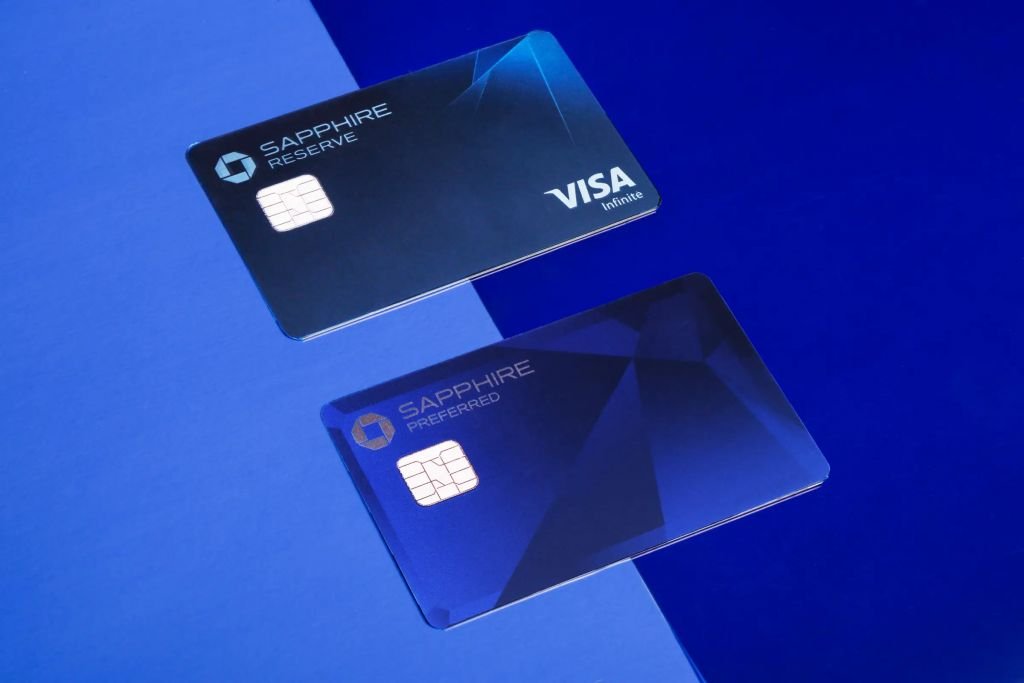

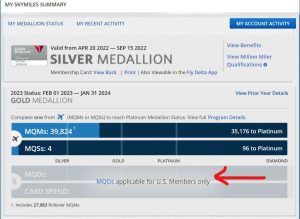
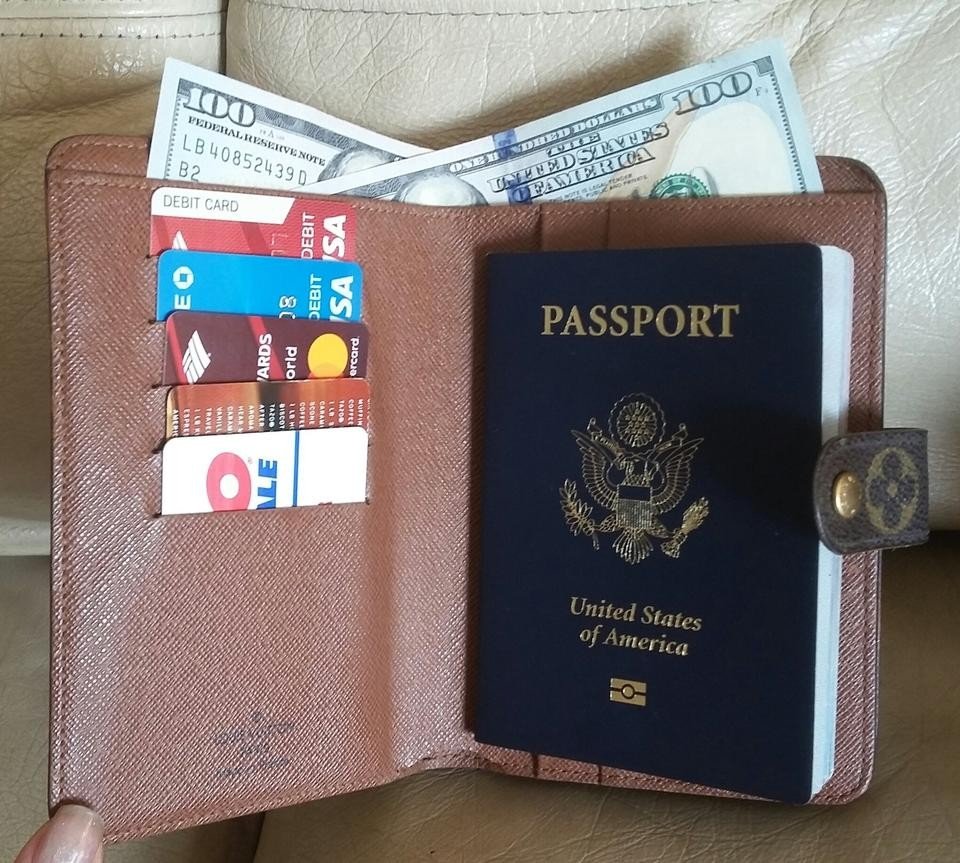


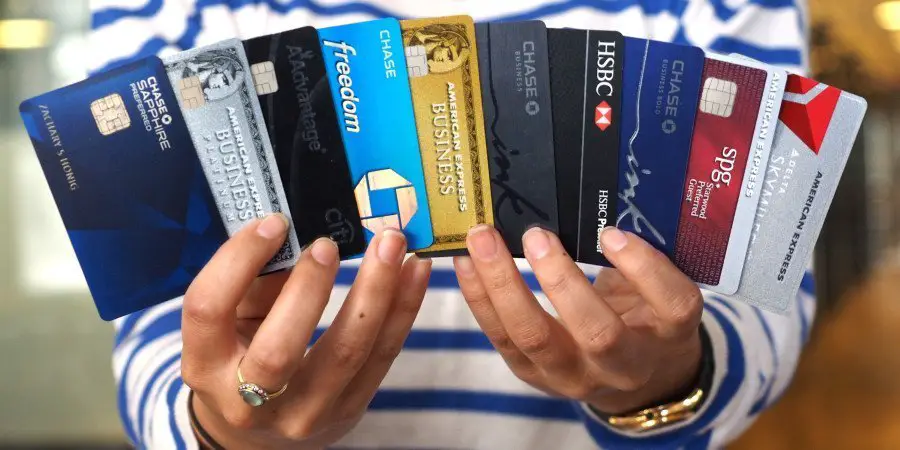
I’m a bit confused on the 48 month rule for the preferred/reserve card. Would it be 48 months from when I signed up from one card, from when I received the bonus, or from when I closed one card? Thanks!
That’s a good question! It’s from when you receive your bonus